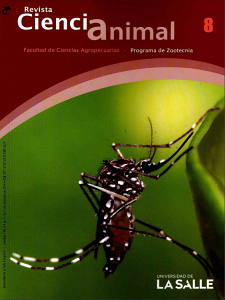Abstract
This study aims to characterize the livestock and horse meat marketing system around a slaughterhouse by analyzing qualitative and quantitative variables related to general information provided by the owner, the purchase and transport conditions of the animals for slaughter, and sale and meat marketing. The results showed that marketers carry on business as a priority and do not belong to guilds. The animals come from the departments of Casanare, Meta, Arauca, Sucre, Caldas and Valle del Cauca, and they are purchased directly from farms. Purchasing parameters, in order of importance, are: weight, body condition, price, status, age, and sex. Transport conditions of the animals are deficient, which increases the percentage of fallen animals. The number of sacrificed animals varies from 21 to 80 per week, and the main destinations are meat processing industry, followed by sale of fresh meat. There is no classification system for marketing channels and strategies. In conclusion, the meat chain has had a low development from the point of view of production and agribusiness, due to factors related to the lack of production systems, low number of specialized slaughterhouses, and lack of knowledge about the nutritional benefits of horse meat, secrecy in the market, and cultural factors, which has prevented its expansion into new markets.Downloads
Download data is not yet available.



